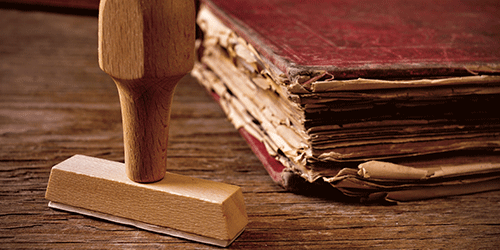
Clerk-Recorder
Online / Remote Services Available
- Birth Certificate
- Death Certificate
- Marriage Certificate (already married / proof of marriage)
- Marriage License (getting married)
- Marriage Ceremony
- Proposition 19 Information
- Fictitious Business Name: File/Renew/Abandon/Withdraw
- Copy of Your Deed
- Search Recorded Maps Index
- Search Official Recorded Documents Index 1964-Present
- Purchase Official Recorded Documents 1964-Present
- Search Grantor/Grantee Index Books 1830-1963
- Purchase Official Recorded Documents 1830-1963(pdf)
- Search Clerk Records Index:
Get a Certified Copy of a Birth, Death, or Marriage Certificate:
- Click for options on how to obtain a certified copy of a birth certificate, death certificate, or marriage certificate
Important Notice
The staff of the Sonoma County Clerk-Recorder-Assessor's Office are forbidden by California legal codes to practice law or provide legal advice; this prohibition includes giving advice about what forms you might need or how you should fill them out.
About the Clerk-Recorder Offices
Functions of the County Clerk's Office
The County Clerk Division of the Clerk-Recorder-Assessor Department has a variety of duties, including:
- Issuing marriage licenses
- Filing Fictitious business name statements
- Processing notary registrations and bonds
- Handling environmental documents
- Performing civil marriage ceremonies
- The County Clerk Division also issues certified copies of marriage, birth and death records on behalf of the County Recorder
Functions of the Recorder's Office
This office records documents and files maps, maintaining cross-reference indexes to these records. Document Transfer Tax is collected on transfers of real property. Examples of typical recorded documents are:
- Real Property Records - deeds, leases, notices of completion
- Financing Documents - trust deeds, notices of default, reconveyances, financing statements
- Maps - subdivisions, parcel divisions, surveys
- Mining Claim Records. - notices of location, proofs of labor
- Military Discharge Papers
- Declarations of Homestead
- Mechanics' Liens
- Tax Liens
Recorded documents are microfilmed as a permanent record and the original document is returned to the customer after filming. Filed documents are retained for a specified length of time, or kept permanently, as in the case of maps. All records are indexed by the names of the principal parties to the document and by the year recorded. The records are open for public inspection and copies may be purchased from this office.
Certified Copies of Birth, Death and Marriage Certificates
Pursuant to the Governor’s Proclamation of State Emergency, all fees for certified copies of birth, death and marriage records in the state of California are suspended for any individual that lost such records in the fires. Sonoma County will only have records for events that occurred in Sonoma County (someone was born, died or purchased their marriage license in Sonoma County).
Historical Background
County Clerk
- The California Constitution of 1849 provided for the county offices of clerk, district attorney, sheriff, coroner and supervisors. The earliest act prescribing the duties of the county clerk was passed by the first California legislature on April 18, 1850.
- In Sonoma County, the County Clerk is also the Registrar of Voters and the Commissioner of Marriages.
- The Clerk of the Board of Supervisors and the Clerk of the Court are separate offices.
Recorder
- On September 9, 1850 California was admitted as the 31st state and one of the first acts of the legislature was to adopt a recording system.
- Under the Spanish and Mexican governments there were no statewide registry or recording laws, so it was necessary that some device be created by which evidence of title to, or an interest in land could be collected in a convenient and safe public place. The system allows persons intending to purchase or otherwise deal with land to be informed as to the ownership and condition of the title, and be protected from secret conveyance and liens.
- The basis of the California recording system is modeled after the recording system established by the American Colonies and in use in many of the eastern states at the time California became a state.
- This system provided for the indexing of the names of parties to the document in volumes and the copying of the actual document into separate volumes. This copying was done first by hand and in later years by typing and then by filming.
- Separate sets of indexes and volumes were provided for each type of document. Government Codes § 27232 through 27254 presently list 21 different types of indexes that the Recorder shall provide for.
- This system of indexing became cumbersome as the volume of recorded documents grew and in 1921 the legislature provided that a combined General Index could be used by the Recorder to index all types of documents.




